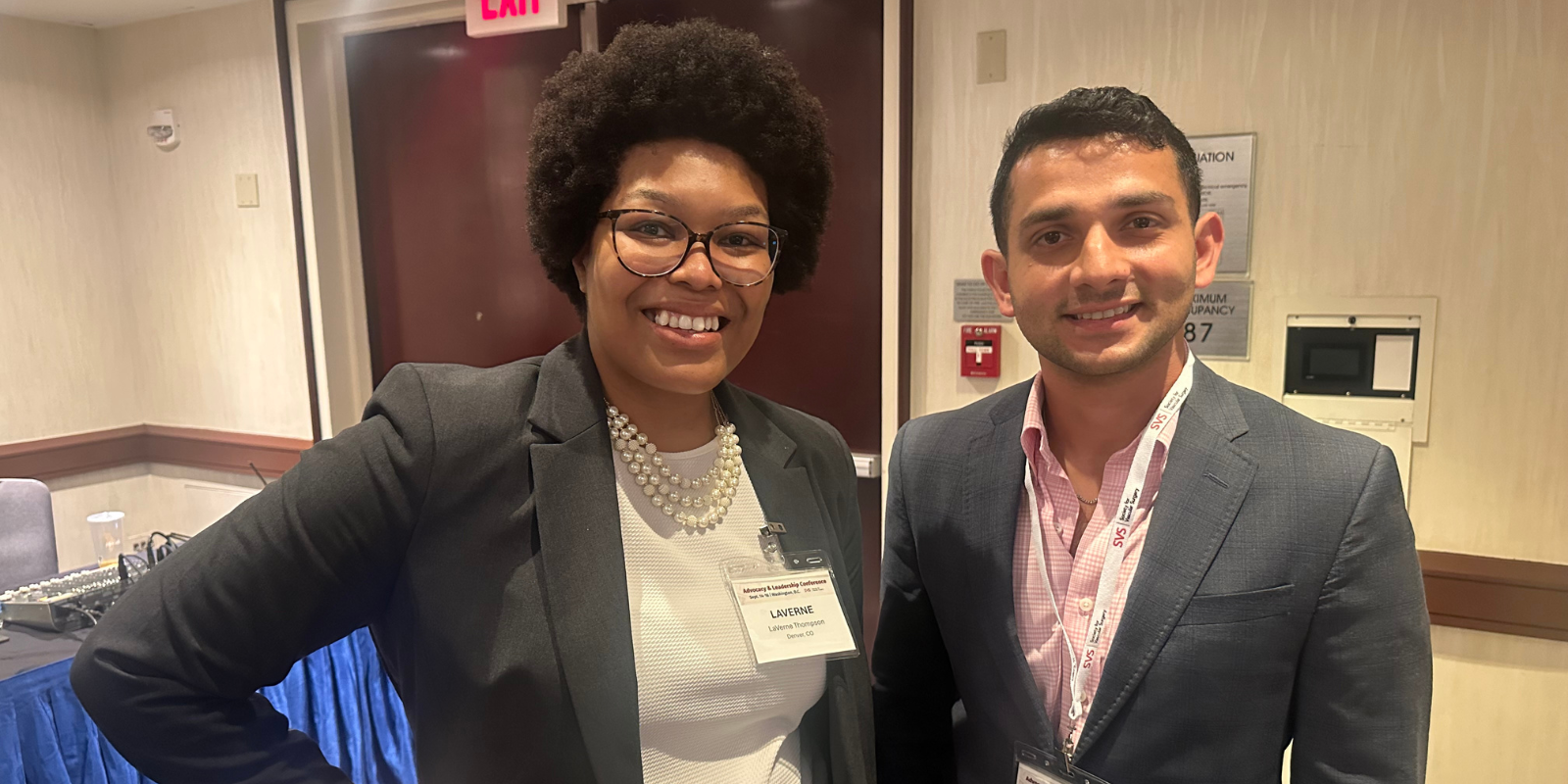Maria Baimas-George, MD, MPH, first noticed it early in her residency — doctors, and surgeons in particular, aren’t always the best at explaining complex medical issues to young patients.
“Everyone has their own style of speaking to patients,” says Baimas-George, now a transplant surgery fellow in the University of Colorado Department of Surgery. “A lot are good at it, but some aren’t. You’re never taught how to communicate effectively at medical school. You’re instead taught this medical jargon for four years, which is essentially a different language. Then you’re popped into the real world, and most of us still speak that language to our patients who may have no idea what we’re saying.”
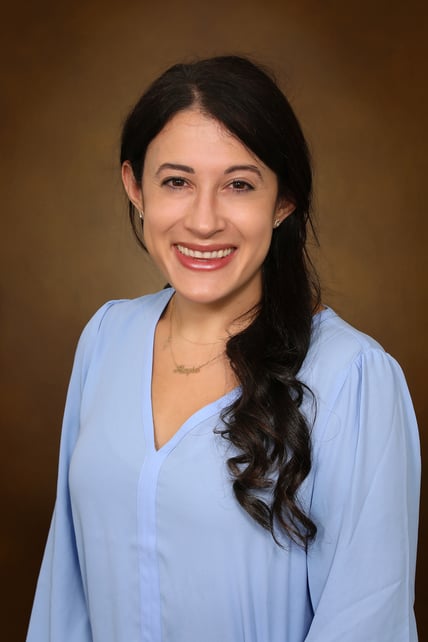 Maria Baimas-George
Maria Baimas-George
When Baimas-George noticed that pediatric patients and their families weren’t getting the communication they needed, she had an idea — a series of short, illustrated books, aimed at children, that explained such medical terms as appendicitis and dialysis in language they could understand.
“I remember thinking there should be books for kids and their families about some of the more common issues,” she says. “I assumed there would be, so I Googled ‘appendicitis,’ because it’s so common, but found nothing that explained appendicitis and the hospital care and the surgery in a way that kids would understand. So, I thought, ‘I’m just going to try to make it myself.’”
Angry worms and fish tank filters
Already a creative type who did crafting projects with her artist mother growing up, Baimas-George bought a watercolor set and got busy creating her first book, “Appendicitis: One Angry Worm.” The book follows an elementary school child through her experience with appendicitis, or an infected appendix, which is depicted as an “angry worm.”
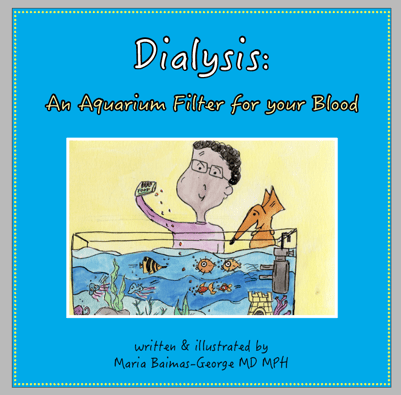
“I always try to think of an analogy for each book. I try to get it down to the basics and compare the pathology to something that most people understand,” she says. “For instance, I just finished a book on hemodialysis, which filters your blood when you have kidney failure. I compared it to a fish tank and the filter in the fish tank. If you don’t clean out the water, the fish get really sick.”
Baimas-George targets a few pages of each book to caregivers and includes a list of “doctor words” that patients might hear during the course of their treatment. She has now written and illustrated more than 35 books in the Strengths of My Scars series — on topics including vaccines, ostomy, cancer, concussions, and cystic fibrosis — and she recently signed a deal with Cambridge University Press to publish seven of the titles, making them available worldwide to individual families, health care organizations, and hospitals that want to distribute them to young patients and their families.
“Previously I self-published with my sister, but we couldn’t keep up,” she says. “The costs are really high to print and ship. We want to eventually publish as many as we can through Cambridge so they can be globally available.”
Explainers for adults
Not only are the books her “side hustle,” Baimas-George explains, but they provide a way for her to relax after a hectic day or week at the hospital. She has begun a new series aimed at adults that are less juvenile and resemble an illustrated patient guide. So far, she has completed books on colon cancer, rectal cancer, and breast cancer, and she is now working on a liver transplantation book with her mentors at the University of Colorado, Elizabeth Pomfret, MD, PhD, and James Pomposelli, MD, PhD.
“Health literacy is a significant public health issue that impacts access to care, health disparities, and outcomes,” Baimas-George says. “If we can improve patient education with resources written at appropriate health literacy levels, I think these books could actually make a difference.
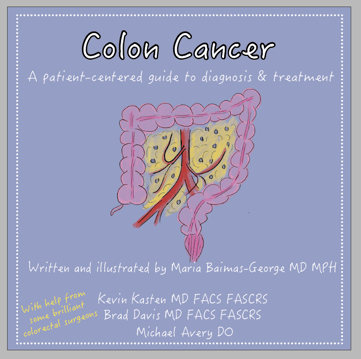
“The colorectal cancer book, for instance, goes through all the ins and outs of colon cancer — diagnosis, staging, surgery, and then recovery. What should you expect in the hospital? What should you expect after the hospital? They are all things you should be hearing through your clinic visits, but it can be hard to retain, especially when you’re scared. This puts it in a format with supplemental illustrations that you can bring home, refer to, and share with your family.”
Involving kids in their care
Baimas-George’s focus is primarily on her younger patients, however, because she knows how overwhelming and frightening the medical setting can be for them. She has seen her books bring comfort to children in serious medical situations.
“It makes the kids an active part of their care, allowing them to start to understand what’s going on,” she says. “And even if they’re not of reading age at the time, as they get older, they’re going to wonder, ‘Why do I have these scars?’ Having a book like this can help explain it — to them and to their friends and family. I think it can serve as a really important and special resource for them.”


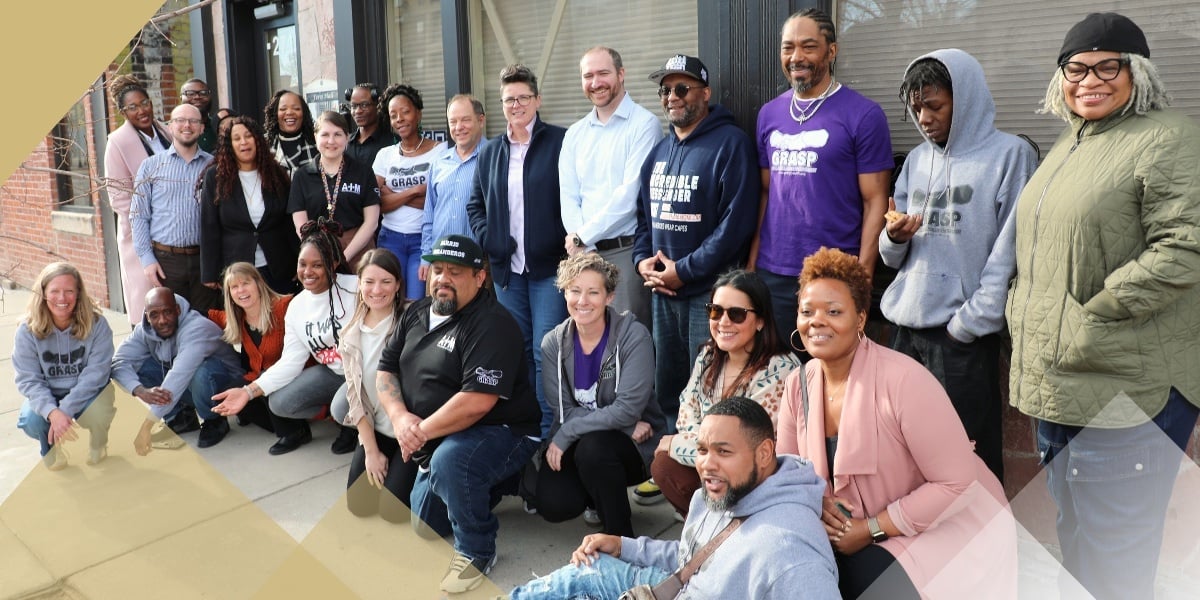
.png)
